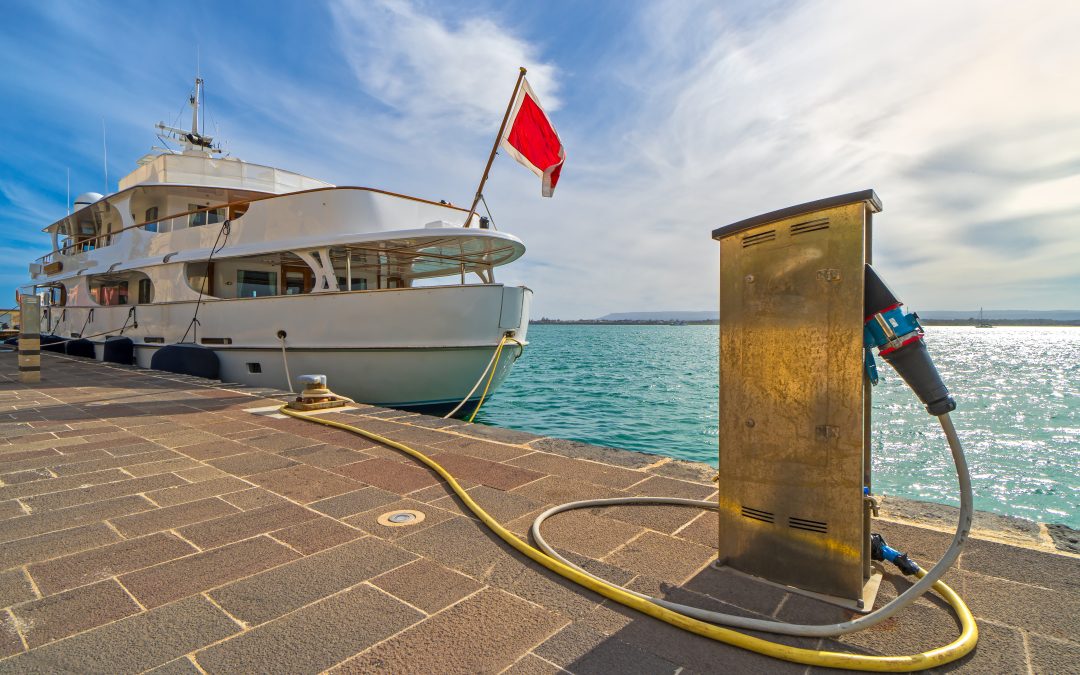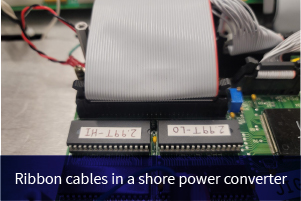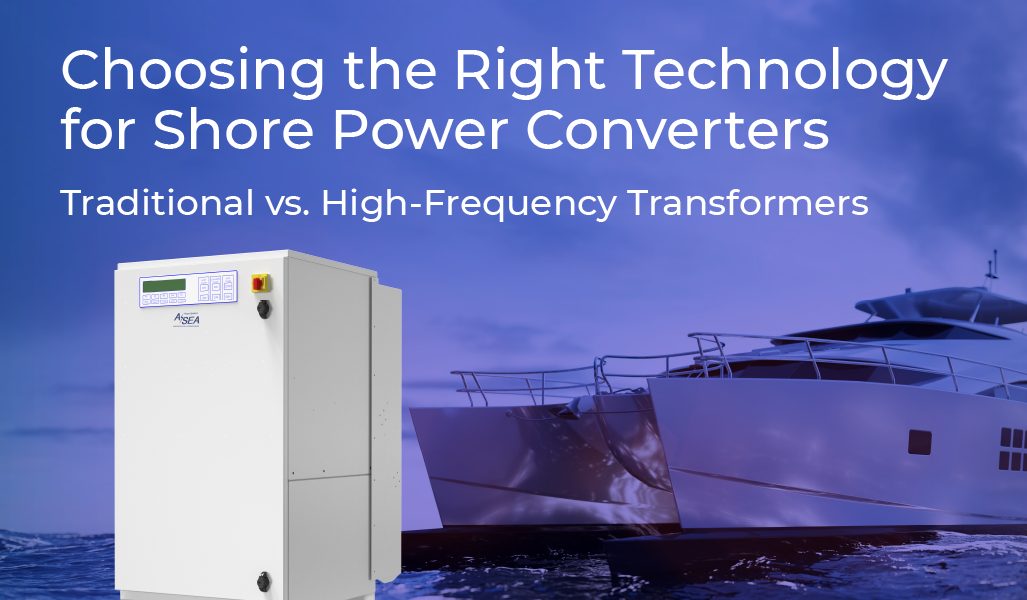
by ASEA Admin | Dec 11, 2024 | Blog
Adaptation of article written by Mark Tilden for PassageMaker In Part I of this two-part series, we’ll discuss four key factors to take into account when preparing your boat to connect to international shore power. Shore power is an increasingly vital service...

by ASEA Admin | Dec 4, 2024 | Blog
Having an ASEA shore power converter gives yachts the flexibility to connect at a variety of marinas and ports worldwide while safeguarding their electrical systems. This flexibility, however, can sometimes lead to confusion about how much power can be safely drawn...

by ASEA Admin | Dec 4, 2024 | Blog
Yachting across continents is an exhilarating experience, but it presents unique challenges, especially when managing varying shore power standards. European marinas typically provide high-voltage, three-phase power (e.g., 400V), while U.S. marinas often offer...

by ASEA Admin | Oct 28, 2024 | Blog
When you’re working with marine electrical systems, grounding is the foundation of everything. It’s what keeps things safe, stable, and reliable—especially when you’re managing seamless transitions between shore power and onboard generators. For ASEA Power Systems,...

by ASEA Admin | Sep 27, 2024 | Blog
You are unauthorized to view this page.

by ASEA Admin | Aug 26, 2024 | Blog
Shore power converters have built in isolation transformers that protect yachts from galvanic corrosion, and reverse polarity, in addition to providing complete electrical isolation of shore power from yacht’s electrical system. Two primary types of transformers are...







